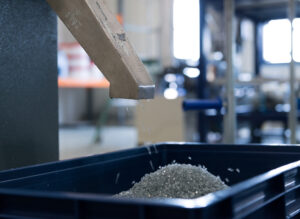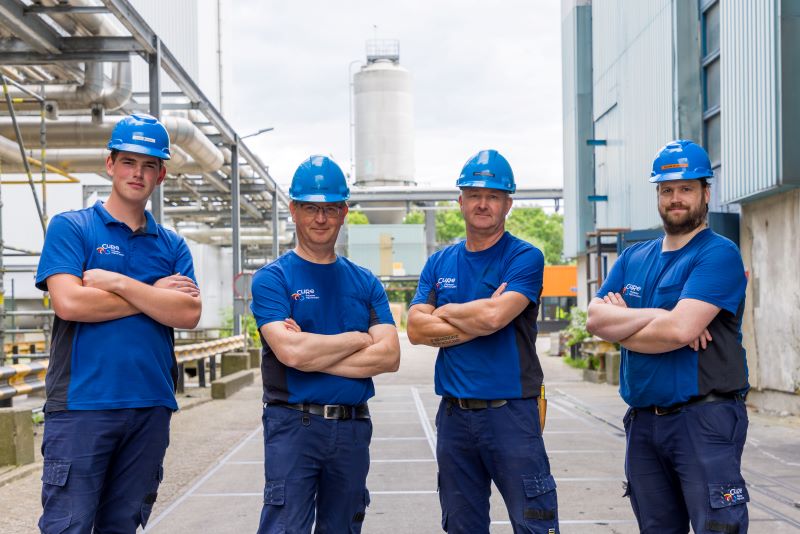Depolymerization technology
What is Depolymerization?
CuRe Technology will focus on providing an end-to-end recycling process for PET, rejuvenating it via a partial depolymerisation process into high-quality, ready-to-use rPET which can replace virgin PET from fossil-derived sources.
Depolymerisation recycling technologies complement existing mechanical recycling processes. They have the potential to upcycle lower grade PET that cannot currently be recycled via mechanical recycling means and is instead downcycled, incinerated or sent to landfill. These technologies could therefore help to significantly increase the supply of rPET whilst also accelerating the transition to a circular economy for PET by dramatically reducing the reliance on virgin oil-based PET.
The EU currently produces 4.3m tonnes of food grade PET a year, of which 30% (1.4m tonnes) is mechanically recycled. This means a valuable source of PET is going to waste, being downcycled incinerated or sent to landfill, because it can’t currently be recycled via mechanical means. CuRe Technology seeks to rejuvenate this food grade PET waste through a process which partially breaks it down into smaller components (a bit like ‘building blocks’), before removing impurities and rebuilding it into high quality, food-grade rPET which can replace virgin, oil-based PET in food packaging manufacturing.
Through the process of partial depolymerisation CuRe Technology transforms hard to recycle, lower grade PET into its smaller components (a bit like ‘building blocks’) in much the same way that a ‘reset’ button might operate. Once broken down into these ‘building blocks’, the CuRe process removes impurities such as coloured pigments, then ‘rejuventates’ these PET ‘building blocks’ into clear polyester pellets with the same quality as virgin oil-based PET. CuRe Technology’s modular design lowers its operational costs by making it adaptable to a range of different homogeneous waste streams, whilst its partial depolymerisation process can make it less energy intensive than operating a full depolymerisation processes.









